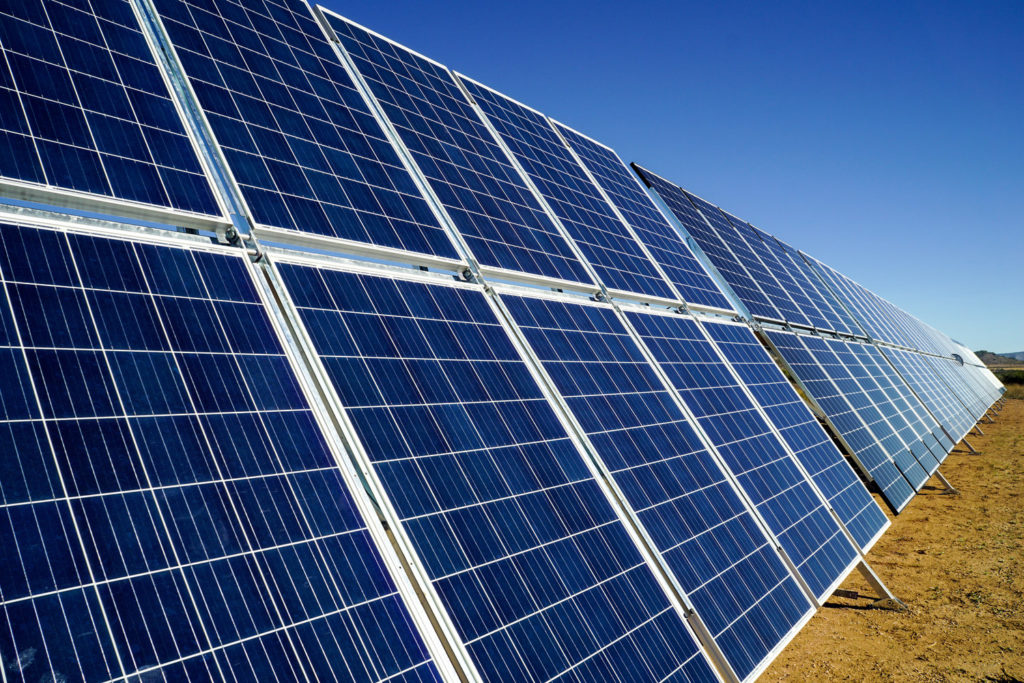Newmont Goldcorp has published its 2018 sustainability report, which has shown why the company continues to rank near the top of several indices measuring mining companies’ global footprint.
The company, which completed the acquisition of Goldcorp only last week, shared several insights into its sustainability goals and achievements in the report, with its solar energy success notable.
Last year, the company installed a new solar plant at its Akyem gold mine in Ghana. The 120 kW plant, which has four of Cambridge Energy Partners’ Nomad solar PV trackers included, will power the camp and mess hall during daylight hours, Newmont Goldcorp said.
“It has a 25-year asset life and is redeployable, so it can be disassembled and moved to another location at closure,” the company said.
Initial data has shown measurable cost, environmental and social benefits, according to the gold miner. Over five months, the plant produced more than 75,000 kWh of solar energy, resulting in a reduction of more than 32,000 kg of CO2, it said, adding that the plant is expected to produce energy at half the cost of grid power.
On top of this, the miner said it was negotiating with Ghana’s Volta River Authority on a purchase power agreement for 8 MW of solar power.
In Nevada, US, meanwhile, the company’s Phoenix mine installed solar arrays that will generate a total of 10 kW of power for two wireless communications sites.
Additional solar projects are under evaluation at Tanami (Australia), which completed the construction of a natural gas project recently, and the Merian mine in Suriname, the company said.
These current projects are just some of the initiatives the company has put in place at its operations.
As of the end of 2018, the company said it had reduced our greenhouse gas (GHG) emissions intensity by 11.7% compared with its 2013 baseline. This is around 70% of its public target to reduce GHG emissions intensity by 16.5% (compared with 2013) by 2020. These numbers do not include any data from Goldcorp.
Completion of the Tanami power project in Australia is expected to reduce its GHG emissions intensity over the next two years, the company said. “We also continue to evaluate fuel switching (from coal to natural gas) at our TS Power Plant in Nevada.”











